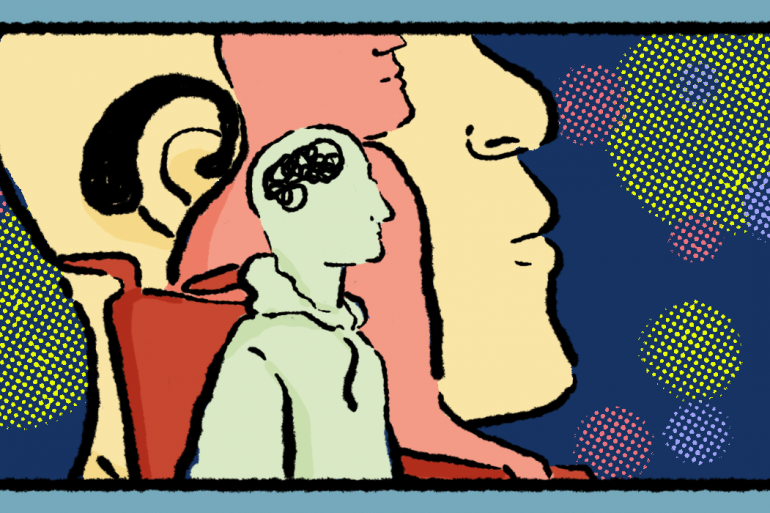When I first encountered the world of sex tech, I assumed that I had found a safe place. Stood in a sex shop in Amsterdam, I was introduced to a world where as women, we didn’t have to rely on another person for pleasure. For the best part of a year, it was a life changing discovery and an important journey of personal sexploration.
It was only a few years on and a more in-depth interest into the world of sex tech, that I found what I thought was an exciting world of feminist pleasure, was still being dragged down by the patriarchy.
If you have just rolled your eyes at my knack of bringing all things back to the patriarchy, bear with me. The battle for equality has crept into all spheres of our lives. From the gender pay gap to crippling imposter syndrome, it is something that is all too familiar to women throughout history. And today I would like to introduce to you, the orgasm gap.
Research has found that during sex between a heterosexual couple, 87% of heterosexual men will orgasm, whilst only 49% of women will. This is a fact that I can relate to all too well and really goes to show that the female orgasm needs to be taken more seriously. Historically, the industry has been extremely male-dominated. Sex toys are largely designed by men around the idea that they can only be effective for women if they’re penis shaped – because God forbid we would find anything except for penisis pleasureable.
In 2019, the sex tech industry is defintely on its way to becoming more progressive and the proliferation of women-owned businesses is very exciting. We’re seeing more sophisticated toys, proving that female sexual pleasure is worthy of technological innovation. In the process, we’re furthering dialogue and unapologetically talking about our sexuality and reframing it as a health issue – rather than something secret and dirty that’s confined to porn.
There is still a long way to go and despite our best efforts, female sexuality is still seen as ‘profane’. This was best showcased earlier this year during the Consumer Electronics Showcase held in Las Vegas. Under the category for women’s health you could find hundreds of high tech gadgets – from fertility trackers to breast pumps. Carry on looking and you would have come across The Ose, a robotic vibrator that stimulate a woman’s clitoris the way a human mouth and tongue might. As incredible as this sounds, it wasn’t on the shelves for long and was soon revoked of its prize and place at the show for being “immoral, obscene, indecent, profane or not in keeping with CTA’s image.”
Lora Haddock, the CEO and mastermind behind the vibrator, succintly said that “by excluding female-focused Sex Tech, CES and CTA are essentially saying that women’s sexuality and sexual health is not worthy of innovation.” And she’s absolutely right. Women’s sexual health seems to be limited to just fertility and babies, with no room for pleasure.
It’s not all bad, however, and this is a really exciting time. Women are making their way to the forefront of the sex tech industry and their voices are louder than ever. We are at a tipping point where we are starting to see our sexual pleasure as a necessity rather than a luxury. We are driving the acceptance and advancing of this sector – and I for one cannot wait to see where it goes.















